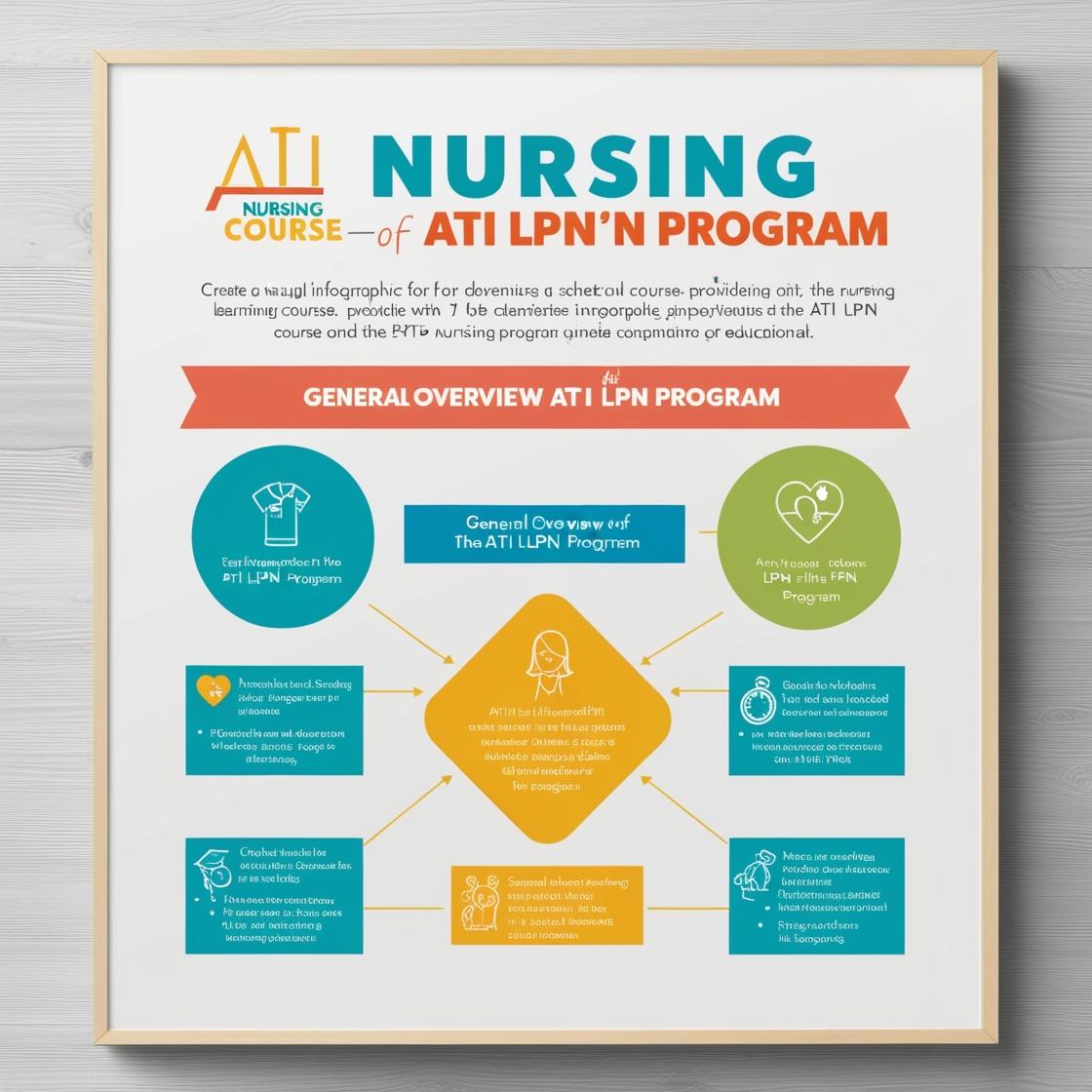LPN LPN
Maternal Newborn ATI Proctored Exam 2023
1. A healthcare professional is assessing four newborns. Which of the following findings should the professional report to the provider?
- A. A newborn who is 26 hours old and has erythema toxicum on their face
- B. A newborn who is 32 hours old and has not passed meconium stool
- C. A newborn who is 12 hours old and has pink-tinged urine
- D. A newborn who is 18 hours old and has an axillary temperature of 37.7° C (99.9° F)
Correct answer: D
Rationale: An axillary temperature greater than 37.5° C (99.5° F) is above the expected reference range for a newborn and can be an indication of sepsis. Therefore, the healthcare professional should report this finding to the provider for further evaluation and management to rule out sepsis. Choices A, B, and C are within the expected range of normal findings for newborns. Erythema toxicum is a common and benign rash in newborns, not requiring immediate reporting. Not passing meconium stool within the first 24-48 hours can be normal, and pink-tinged urine can be due to uric acid crystals excretion, which is also common in newborns.
2. A healthcare professional is assessing a late preterm newborn. Which of the following clinical manifestations is an indication of hypoglycemia?
- A. Hypertonia
- B. Increased feeding
- C. Hyperthermia
- D. Respiratory distress
Correct answer: D
Rationale: The correct answer is D, respiratory distress, as it is a clinical manifestation of hypoglycemia in newborns. Other signs of hypoglycemia include an abnormal cry, jitteriness, lethargy, poor feeding, apnea, and seizures. Hypertonia, increased feeding, and hyperthermia are not typically associated with hypoglycemia in newborns. Hypertonia is more indicative of neurological issues, increased feeding is not a common sign of hypoglycemia, and hyperthermia is not a typical symptom of low blood sugar.
3. A client with hyperemesis gravidarum is receiving dietary teaching. Which of the following statements by the client indicates an understanding of the teaching?
- A. I will eat foods that appeal to my taste instead of trying to balance my meals.
- B. I will avoid having a snack at bedtime.
- C. I will have 8 ounces of hot tea with each meal.
- D. I will pair my sweets with a starch instead of eating them alone.
Correct answer: A
Rationale: In hyperemesis gravidarum, where there is severe nausea and vomiting during pregnancy, it is essential for the client to eat foods that appeal to their taste to prevent further nausea. Balancing meals may not be a priority initially if the client is struggling to keep any food down. Choice B is unrelated to managing hyperemesis gravidarum. Choice C, having hot tea with each meal, may not necessarily address the issue of taste preferences. Choice D, pairing sweets with a starch, is not as relevant as choosing foods appealing to taste for managing hyperemesis gravidarum.
4. A client who is at 36 weeks of gestation and has a prescription for a nonstress test is being taught by a nurse. Which of the following statements should the nurse include in the teaching?
- A. You will receive IV fluid before this test.
- B. The procedure will take approximately 10 to 15 minutes.
- C. You will be offered orange juice to drink during the test.
- D. You will need to sign an informed consent form before each test.
Correct answer: C
Rationale: The correct statement the nurse should include in the teaching is that the client will be offered orange juice to drink during the nonstress test. This is because offering the client orange juice, or another beverage high in glucose, will help stimulate the fetus during the procedure, aiding in obtaining accurate results. Choice A is incorrect because IV fluid is not typically administered before a nonstress test. Choice B is incorrect as the procedure usually takes around 20 to 40 minutes. Choice D is incorrect as informed consent is typically obtained once for the procedure, not before each individual test.
5. During an assessment, a client at 26 weeks of gestation presents with which of the following clinical manifestations that should be reported to the provider?
- A. Leukorrhea
- B. Supine hypotension
- C. Periodic numbness of the fingers
- D. Decreased urine output
Correct answer: D
Rationale: During pregnancy, decreased urine output can be indicative of decreased renal perfusion and impaired fetal well-being. It can also be a sign of preeclampsia when associated with symptoms like increased blood pressure, proteinuria, and decreased fetal activity. Therefore, the nurse should promptly report this finding to the healthcare provider for further evaluation and management. Leukorrhea is a common finding in pregnancy and not typically concerning. Supine hypotension and periodic numbness of the fingers can be managed by changing positions or adjusting posture and are not as urgent as decreased urine output in this context.
Similar Questions

Access More Features
ATI LPN Basic
$69.99/ 30 days
- 50,000 Questions with answers
- All ATI courses Coverage
- 30 days access @ $69.99
ATI LPN Premium
$149.99/ 90 days
- 50,000 Questions with answers
- All ATI courses Coverage
- 30 days access @ $149.99
